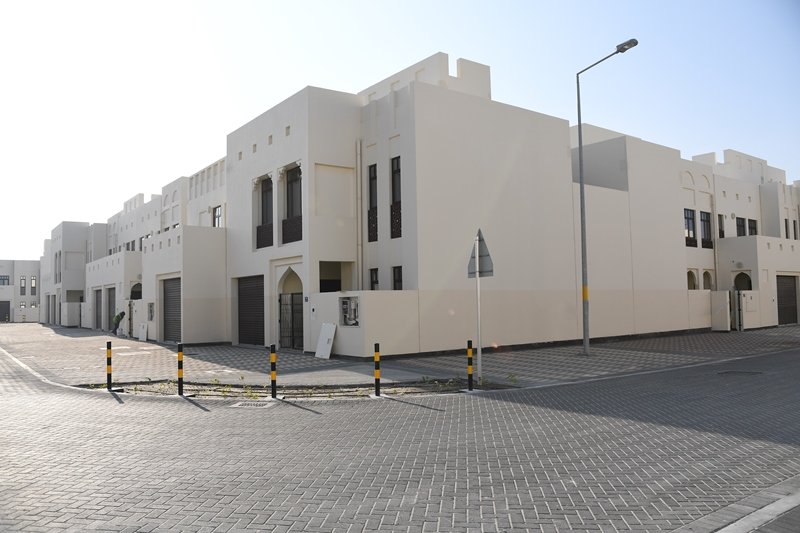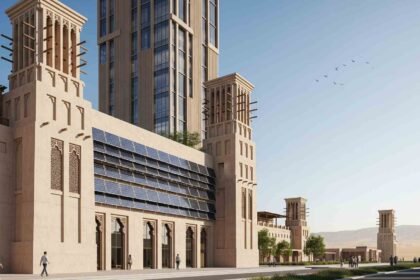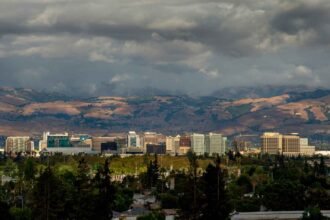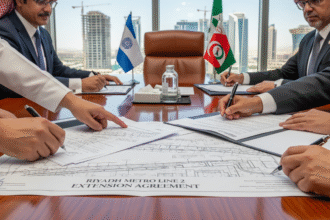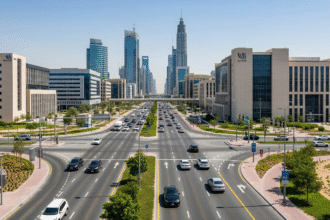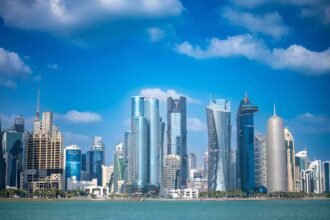Bahrain’s Ministry of Housing and Urban Planning is moving ahead with a wide-scale plan to build more than 7,000 new residential units by 2027, as part of its effort to meet housing needs and expand cooperation with private developers.
Major Projects Underway
A key part of this plan is the Salman City development in the Southern Governorate, where the Ministry is preparing 1,400 social housing units across Islands 10 and 11. Gulf House Engineering is working on 720 units on Island 11, while Salfo & Partners is handling 682 units across both islands. The first phase of construction has already begun, with commercial infrastructure expected to commence in late 2025, including beachside shops, hypermarkets, and a public market space.
At the same time, the Khalifa City project began in January 2025, with construction underway on 372 units, 336 housing units, and 36 ownership flats, for Bahraini families. This site will have full infrastructure, including roads, sewage, drainage, electricity, and water networks. This development is expected to lead into a larger 3,000‑unit stage in Khalifa City, planned after the first set is complete.
Government Land Programme and Long‑Term Plans
Supporting these housing efforts is the Government Land Development Rights Programme, a model that uses public land while bringing in private developers to carry out construction. In Madinat Khalifa, a large project spread over 1.6 million m², the Ministry plans up to 3,000 units and apartments, complete with the needed infrastructure. The project is currently at the design and tender stage, with private builders preparing to submit bids.
Meanwhile, the large East Sitra City development is progressing steadily. Once completed, it will deliver up to 3,157 housing units for more than 20,000 people. Built on reclaimed land, the project includes six man‑made islands and is being developed in phases. Phase 1 (1,077 units) started in December 2020. Phase 2 will add about 1,800 more, and a third phase will include another 500 homes, all likely to continue through late 2026.
Similarly, East Hidd City in Muharraq is planned over 242 hectares, with a total of 4,523 housing units designed to serve nearly 30,000 people. Phases of this project have been under development since 2014 and include villas, apartments, and residential plots for social housing needs.
Regulatory Support and Partnership Expansion
To keep these projects moving, the Cabinet passed Decision No. 899 of 2024, which sets new housing rules aimed at making it easier for people to expand homes and understand what’s allowed when building or renovating. The decision came after collecting input from residents, parliament members, and local councils, and is meant to remove delays and simplify approvals.
To help meet growing demand, the Ministry also signed an agreement in April 2025 with Bareeq Al Retaj Real Estate Services, aimed at supporting the 50,000‑unit goal set by His Majesty King Hamad bin Isa Al Khalifa and backed by the Crown Prince and Prime Minister. The partnership includes new homes in Ras Hayan Village and ownership flats in the Wahat project in Qalali, which will be offered at lower prices to those eligible for housing finance.
On Track for 2027
Altogether, the homes now under construction and those in the bidding stage, including Salman City (1,400), Khalifa City (372 so far), Madinat Khalifa (3,000 expected), East Sitra (3,157), and East Hidd (4,523 planned), bring the total well above 7,000 units before the end of 2027. The Government Land Development Rights Programme also includes more than 5,000 units in planning and tendering stages across several regions.
Bigger Picture
These housing projects are part of Bahrain’s larger national plan to grow its real estate and public infrastructure. Through the Strategic Projects Plan, the country is developing five new cities on reclaimed land, adding around 60 percent more usable land. These plans are designed to attract investment, grow the economy, and provide much-needed housing as demand rises across Bahrain.
Private sector involvement has become a key part of the effort, with companies like Al Saraya, Al Namal, and Bareeq Al Retaj working closely with the government. For example, recent deals to build 123 new homes in Buhari and Hoora Sanad for housing programme beneficiaries show how public land is being used for affordable housing in partnership with builders.
By combining updated rules, land use planning, and strong ties with developers, Bahrain’s Housing Ministry is well on its way to reaching, and likely exceeding, its goal of 7,000 homes by 2027. The mix of social housing, family homes, and ownership flats, along with shops and public facilities, shows a focus on not just building homes but improving neighbourhoods too.
As Salman City, Khalifa City, and others continue to grow, and new phases begin in East Sitra and East Hidd, Bahrain’s housing scene is going through major change. By 2027, thousands of families will likely have new homes, and Bahrain will have taken a big step forward in solving one of its most pressing needs.


